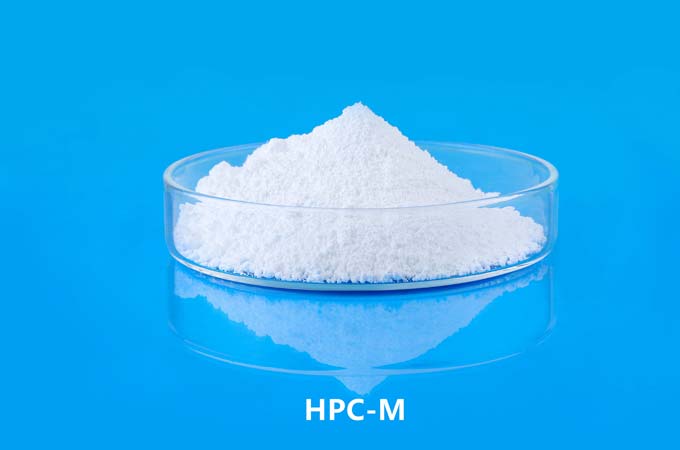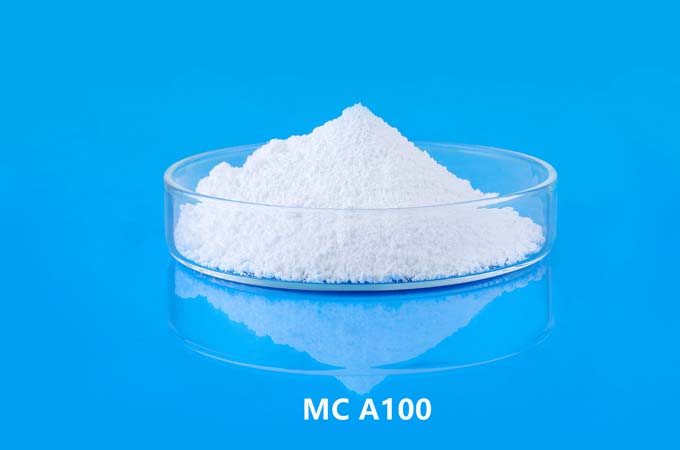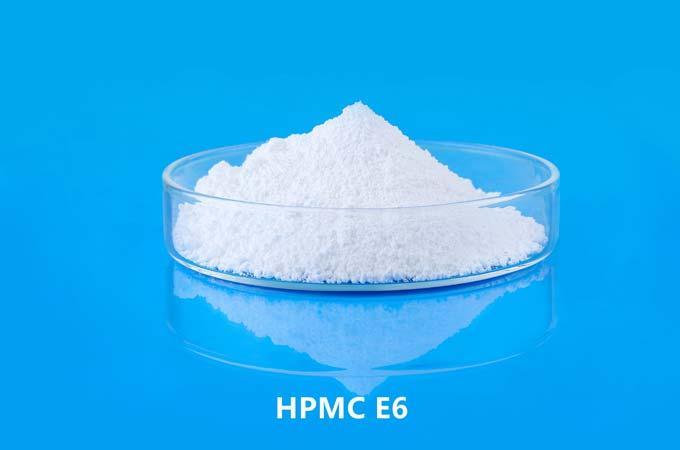1.Introduction:
Ceramics have long been valued for their durability and strength, making them indispensable materials in various industries ranging from construction to electronics. However, enhancing their mechanical properties further while maintaining their inherent characteristics remains a significant challenge. Hydroxypropyl methylcellulose (HPMC) emerges as a promising additive in ceramic formulations, offering a range of benefits in terms of strength and durability.
2.HPMC: Properties and Applications in Ceramics:
Hydroxypropyl methylcellulose, a derivative of cellulose, possesses unique properties that make it suitable for a myriad of applications. In ceramics, HPMC serves as a versatile additive due to its ability to act as a binder, thickener, and plasticizer. Its molecular structure allows it to form a network within the ceramic matrix, enhancing cohesion and reducing porosity.
3.Improving Mechanical Strength:
One of the primary benefits of incorporating HPMC in ceramic formulations is its ability to improve mechanical strength. HPMC acts as a reinforcing agent, increasing the cohesion between ceramic particles and reducing the likelihood of crack propagation. By forming a flexible matrix, HPMC distributes stress more evenly throughout the material, thereby enhancing its resistance to fracture and impact.
4.Enhancing Durability:
Durability is a crucial aspect of ceramic materials, especially in applications exposed to harsh environments or mechanical stresses. HPMC contributes to the durability of ceramics by reducing water absorption and enhancing chemical resistance. The formation of a dense microstructure with reduced porosity limits the ingress of moisture and aggressive chemicals, thereby prolonging the lifespan of ceramic products.
5.Controlled Shrinkage and Warpage:
During the drying and firing stages of ceramic processing, shrinkage and warpage are common challenges that can compromise the dimensional accuracy of the final product. HPMC helps mitigate these issues by regulating water evaporation and controlling the drying kinetics. Its film-forming properties create a barrier that slows down moisture loss, minimizing shrinkage and preventing deformation.
6.Improved Workability:
In addition to its role in enhancing mechanical properties, HPMC improves the workability of ceramic pastes and slurries. As a plasticizer, it imparts lubricity and flowability, facilitating the shaping and forming processes. This results in uniform distribution of ceramic particles and reduced defects in the final product.
7.Optimization of Formulations:
The effectiveness of HPMC in ceramic applications depends on various factors such as molecular weight, concentration, and processing conditions. Through systematic optimization of formulations, manufacturers can tailor the properties of ceramic materials to meet specific requirements. By fine-tuning parameters such as HPMC content and processing parameters, it is possible to achieve the desired balance between strength, durability, and workability.
Hydroxypropyl methylcellulose (HPMC) offers significant potential for enhancing the strength and durability of ceramic materials. By acting as a binder, plasticizer, and thickener, HPMC improves cohesion, reduces porosity, and enhances resistance to mechanical and chemical stresses. Its versatility and compatibility with existing ceramic processing methods make it a valuable additive for various applications. Through further research and development, the utilization of HPMC in ceramics is poised to drive innovation and advance the performance of ceramic materials in diverse industries.
 English
English 日本語
日本語 français
français Deutsch
Deutsch Español
Español italiano
italiano русский
русский português
português العربية
العربية Türkçe
Türkçe Nederland
Nederland



